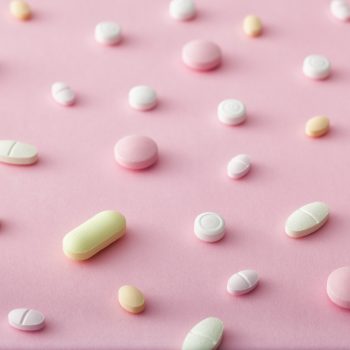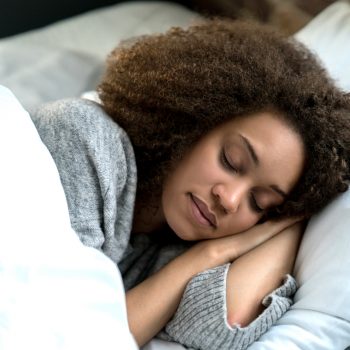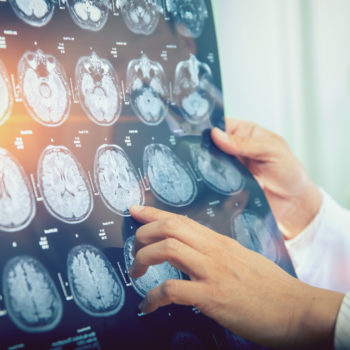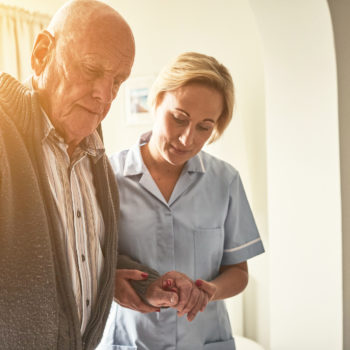Many people will have experienced a feeling of discomfort going from a dark to a well-lit environment, with an intense light hits the eyes. This sensation, induced by light sources that are not very powerful, is typical of a type of headache: the migraine. In people affected by this, photophobia and phonophobia, or intolerance to light and noise, can also occur. We talk about it with Dr. Vincenzo Tullo, Neurologist and Head of the Headache Ambulatory at Humanitas LAB.
Migraine is one of the most common forms of headache. It is the third leading cause of disability in the world in people under 50s and it has a strong impact on health and quality of life. In Italy, it affects about 12% of the population. There are two main forms of migraine, the one without and the one with aura. In the latter case, the crisis is preceded by disturbances affecting sight, speech, sensitivity and/or strength that can last from a few minutes to an hour.
The migraine attack is often anticipated with prodromal symptoms around 2-48 hours before the headache phase, such as: change of mood, inappetence, hunger attacks, sensitivity to cold, light, sound, yawning, desire for particular foods, and stiffness of the neck. The headache in the patient affected by migraine is also characterized by the possible presence of vomiting and nausea and by the hyper-sensitivity to lights and noises and sometimes to smells.
Migraine is not the only form of headache that can be associated with photophobia and phonophobia; tension headaches can also be accompanied by photophobia and phonophobia, but not simultaneously as in migraine, and with a lower frequency.
Therapy and tips to prevent headaches
According to a research published on Cephalalgia, up to 80% of patients with migraine suffer from photophobia. Is the therapy also effective for controlling these hyper-sensitivities? ‘Migraine treatment with specific drugs such as triptans is generally effective in both pain and associated symptoms’, replies Dr. Tullo. ‘Analgesics – he continues – should be taken at the beginning of the crisis and for high intensity forms, even from the beginning, the aid of non-steroidal agents and NSAIDs (e.g. indomethacin, naproxen, dexketoprofen) can be associated to the therapy’.
A few rules are enough to prevent migraines, including ‘observing regular rest periods, not skipping meals, avoiding alcohol, decreasing coffee intake, practicing light physical activity and using hi-tech tools at home, in the evening and during the weekend, as little as possible’, recalls the specialist.










